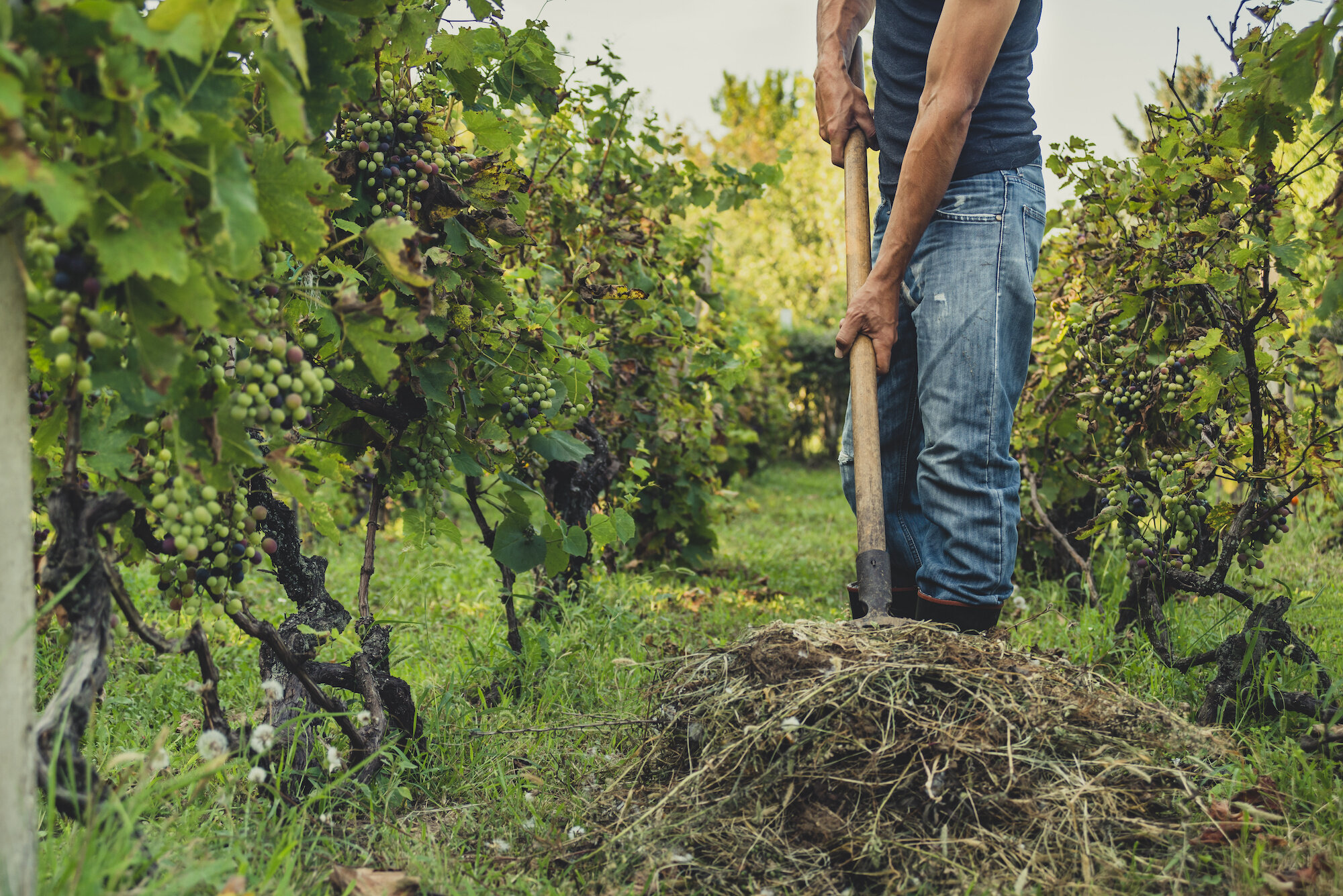
Suisun Valley Gold
SEASON — August 25-September 25
REGIONS — Solano County
History
Since the middle of the last century, wine grapes grown within the boundaries of the Suisun Valley appellation have produced excellent wines. The Suisun Valley appellation was approved by the ATF Bureau in December 27, 1982. Gold, Silver and Bronze medals awarded to wines that include our grapes attest to the high quality of the fruit.
Twenty varieties are grown in the confines of the Suisun Valley: Barbera, Cabernet Sauvignon, Chardonnay, Gamay, Grenache, Merlot, Mouvedre, Muscat Canelli, Petite Sirah, Petite Verdot, Pinot Gris, Pinot Noir, Primitivo, Rousanne, Sauvignon Blanc, Sangiovese, Shiraz, Viognier, White Riesling,and Zinfandel.
Why purchase Suisun Valley Grapes?
Outstanding quality fruit serving super premium to luxury category wines = BEST VALUE
Marine influence of San Pablo Bay & Suisun Bay
California North Coast AVA
Unique grower - buyer relationship:
In Suisun Valley, some growers produce both cool climate Chardonnay in southern Suisun Valley and warm climate Cabernet in northern Suisun Valley
Viticultural Roots of Suisun Valley
Varietal grape growing for premium winemaking in California's Suisun Valley, has roots dating back into the 1800's, and represents over a century of continuous viticultural activity.
In the 1800's, vineyards were more prominently located in the southern end of both Suisun Valley and neighboring Green Valley. They were typified by classic head pruned vines in field-blend plantings. In the latter 1800's, Mangles Winery (long decommissioned and now gone) sat just to the west of Suisun Valley Road near Cordelia. It represented one of the largest commercial wineries in the United States in its day, and produced wines from fruit grown in and around this location.
While phylloxera (and later Prohibition) did much to disrupt the local grape industry in the early 1900's, a strong rebound for grapes and wine commenced in the post WWII economic expansion. Wine industry cycles over the years have continued to increase viticultural acreage, change varietal plantings, and influence a continuous pursuit of quality gains.
In 1982, growers of the Western Solano County Grape Growers Association successfully petitioned the BATF, and received formal designation of Suisun Valley as an identified AVA. The 15,000 acre Suisun Valley AVA was subsequently included in the 1983 formation of the North Coast AVA, combining Napa, Sonoma, Mendocino counties, together with Suisun Valley and Green Valley (with elements of Lake and Marin Counties) into one overarching ultra premium growing region, now recognized world-wide.
Benefiting from a Mediterranean climate, properly fertile soils and significant marine air influences during summer months, Suisun Valley growers have incorporated new trellising systems with changes in varietal and clone selections, to continue quality enhancement in wine grape production.
Today approximately 3,000 acres are under vine in the Suisun Valley and that fruit continues to be sourced by numerous Napa and Sonoma wineries for inclusion in multiple product lines.
Suisun Valley AVA Viticultural Facts
Geography:
Suisun Valley lies within the southern end of two ranges of the Coast Range, the Vaca Mountains to the east and the Mt George Range to the west. Suisun Valley terminates in the south at the marshlands of Suisun Bay. To the north Suisun Valley rolls up into Wooden Valley at the Napa County line.
Length: Approximately 8 miles
Width: Approximately 3 miles at widest point
Orientation: North to South, split mid valley to two fingers
Drainage: Suisun and Ledgewood Creeks drain into Suisun Bay
Climate
Suisun Valley lies within Coastal area climates characterized by cool moist winds blowing inland from the ocean and San Francisco/San Pablo Bay almost continuously from May through early Fall. Spring frosts often mitigated by proximity to Suisun Bay.
Climate Type: Mid Region III as classified by the University of California Davis system of heat summarization by degree days
Accumulation: Averages roughly 3,350 degree days per year. Mid valley avg 3,250 to 3,450 degree days per year. Upper valley avg 3,700 to 3,750 degree days per year
Soils
Suisun Valley consists of a mixture of soils, zoned within the valley floor, and additional none typed soils within the undeveloped hillsides. Soil types include:
Brentwood clay loam
San Ysidro sandy loam
Sycamore silty loam
Rincon clay loam
AVA Acreage
Gross Acreage of AVA 15000
Under Vine Acre Estimate 3000
Water
Suisun Valley is provided primary agricultural water via Putah South Canal, which draws from Lake Berryessa and is operated by Solano Irrigation District.










